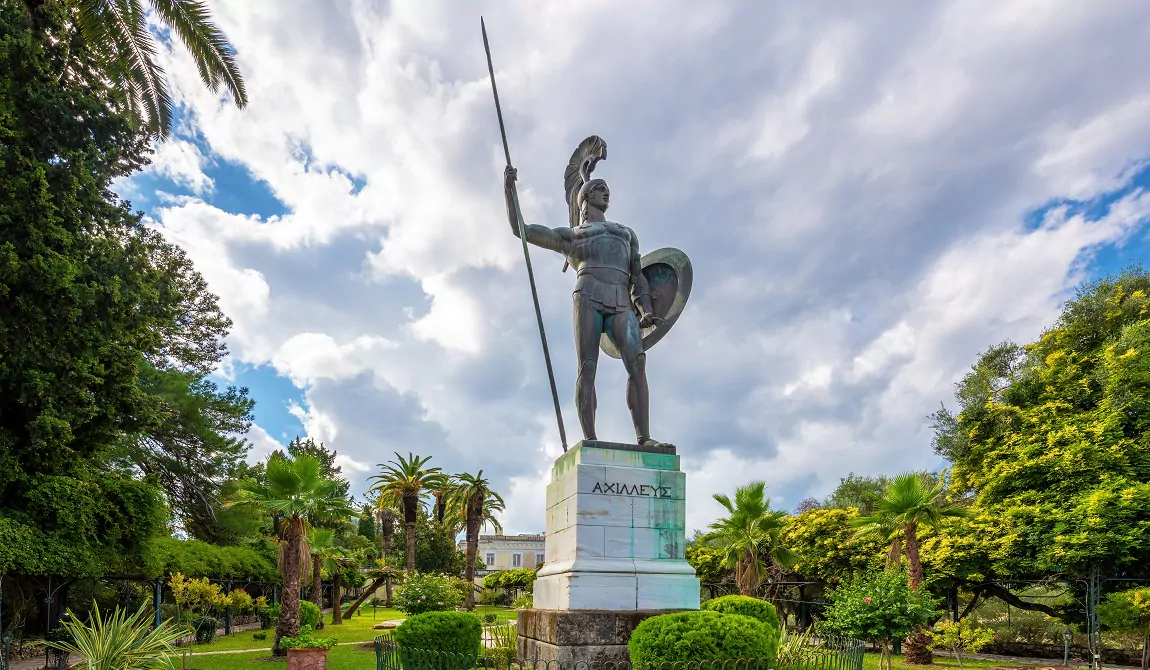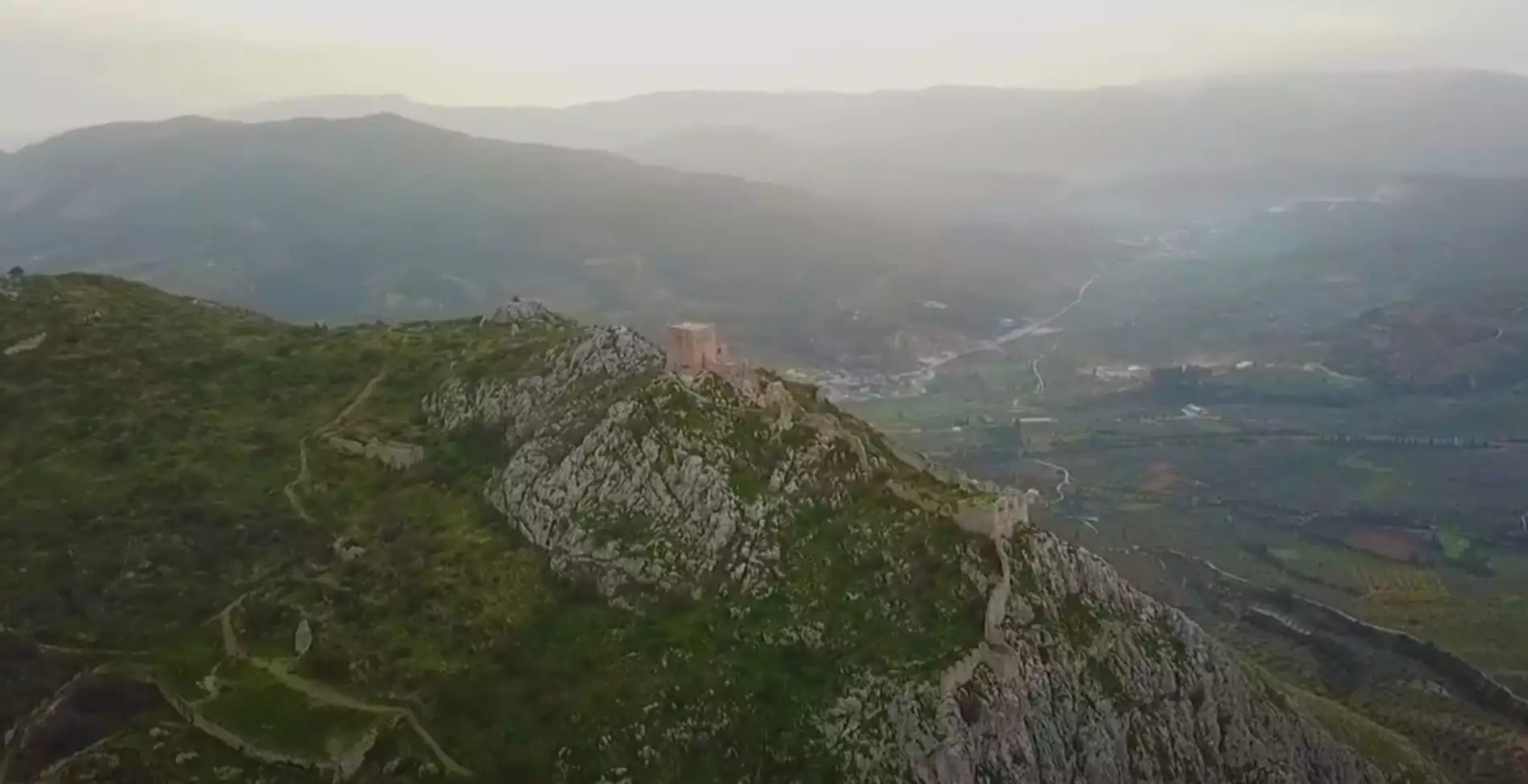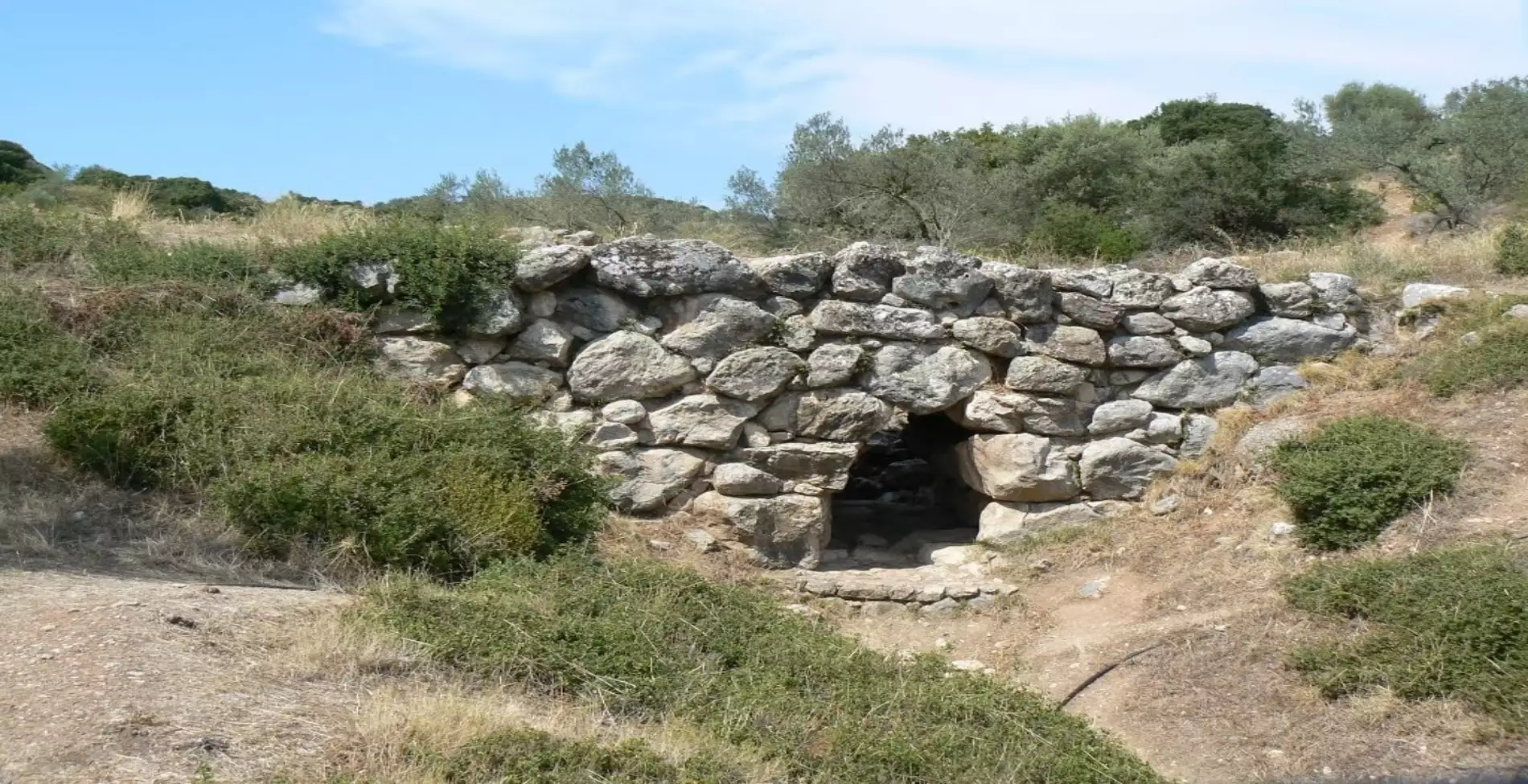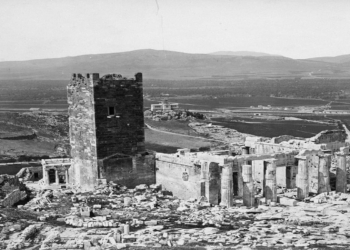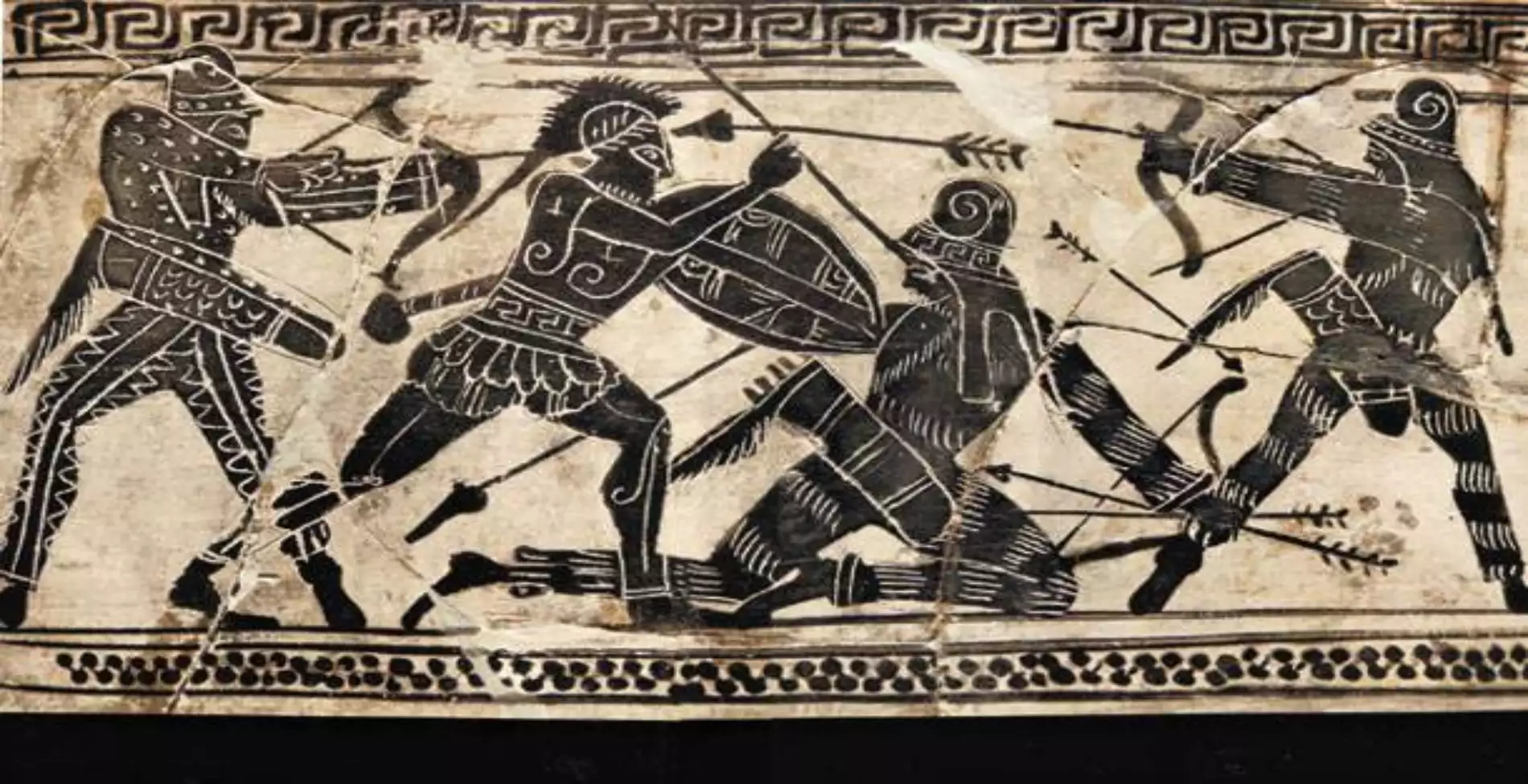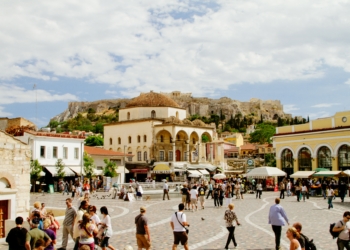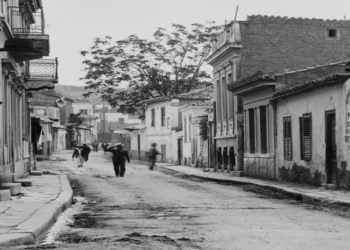“He adorns the earth, he adorns the sea, he adorns the heavens above, he adorns the sun that never rests, the full moon, and all the stars, as they sparkle in the sky…” With these majestic words, Homer depicts in some of his 134 verses in the Iliad the legendary shield of Achilles. A shield that is a masterpiece of craftsmanship and has been discussed and analyzed like a few objects of ancient history. And who else could have created this shield if not Hephaestus, the god of fire and metalwork? And of course, there are many who have argued that Homer did not describe in his verses in the Iliad a real shield but were the imaginative inventions that he skillfully combined. What is certain is that the mythical shield of Achilles can only conceal great and small symbolisms.
Holidays in Hydra: The beautiful beaches in the diamond of the Argosaronic Gulf
Achilles, the famous of the Thessaly
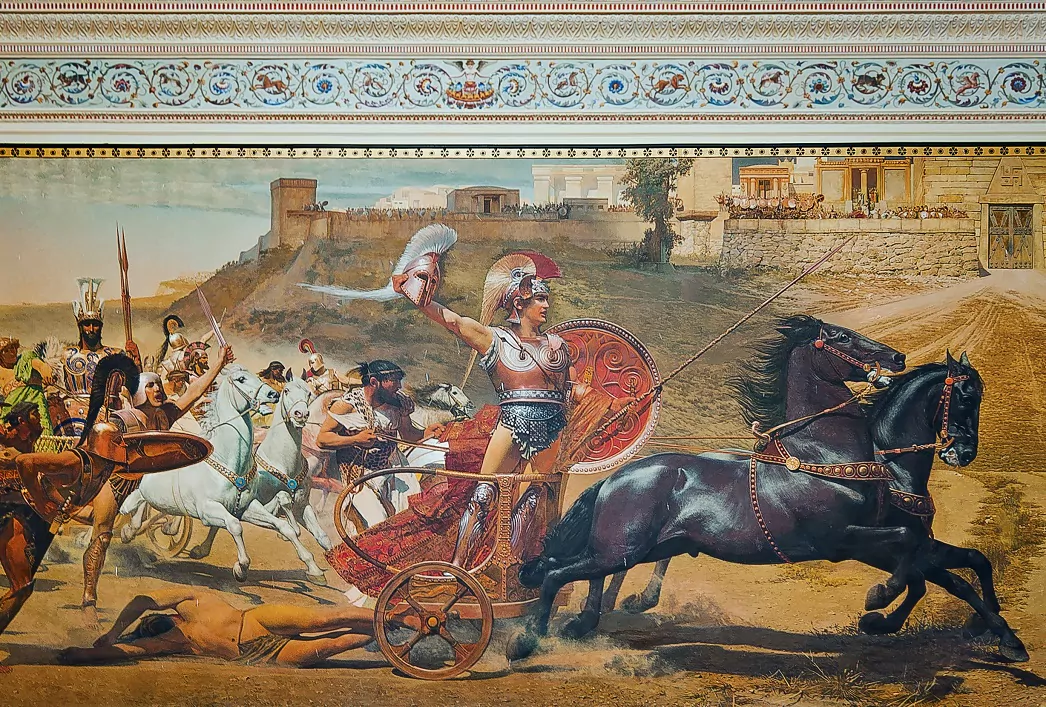
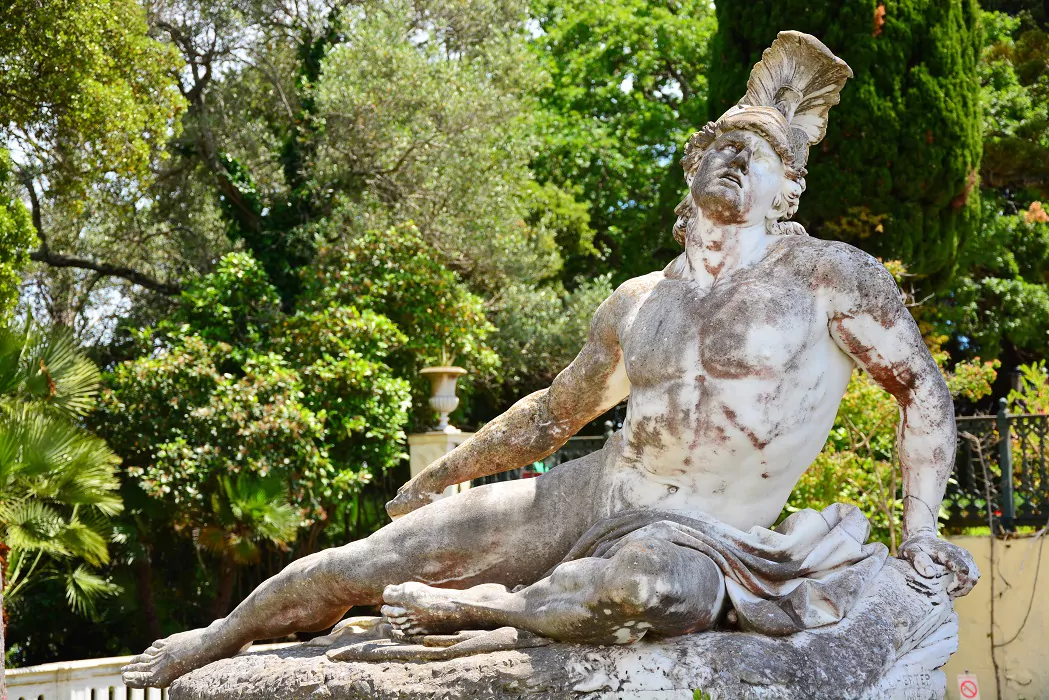
The legendary shield, its History, and Homer
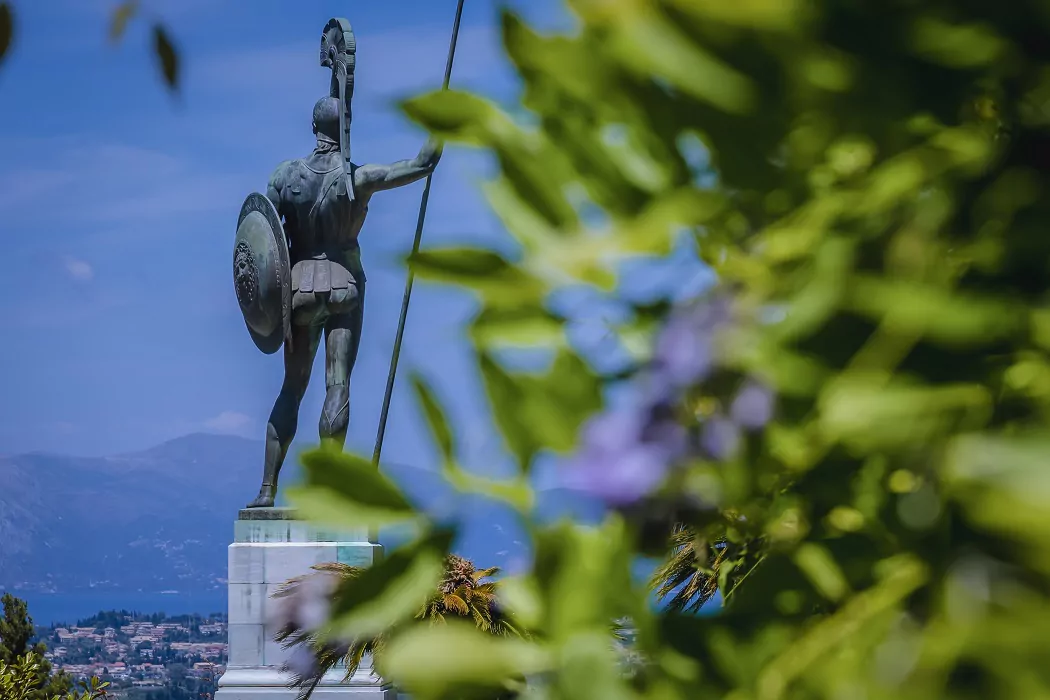
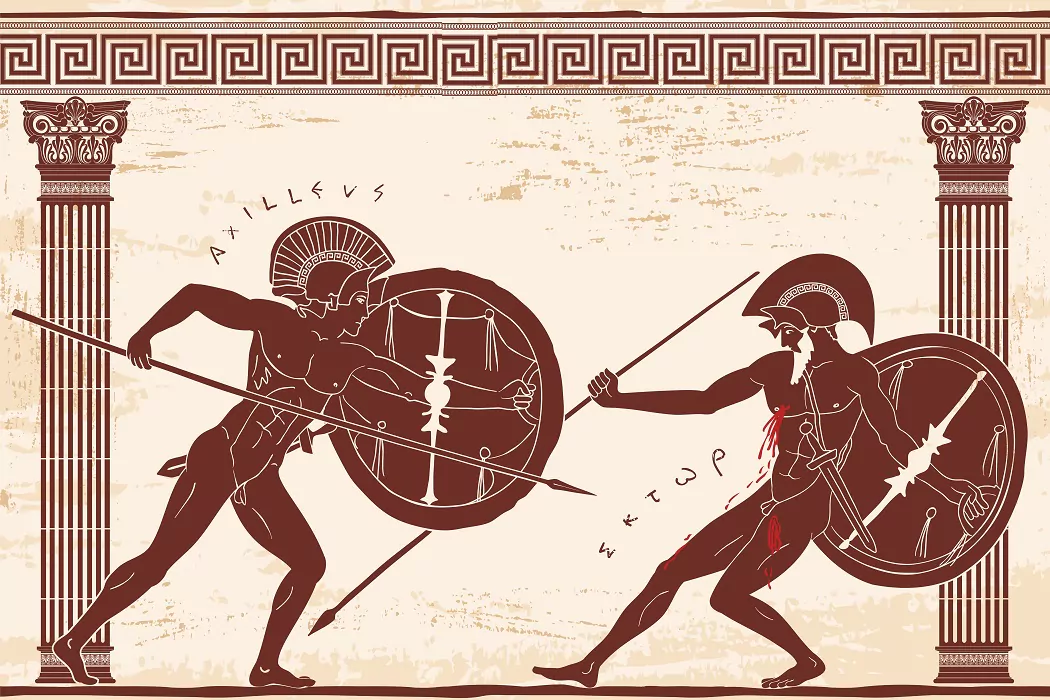
But it was not a simple shield but a whole symbol that reflected the cosmos and the human condition. The metals used by Hephaestus to make it were copper, tin, gold, and silver, which represented different qualities and values. What also makes it stand out was its symbolism which conveyed various messages and themes. It essentially consisted of five zones, each of which formed five concentric circles. In them, there were many elaborate representations with elements from all over the universe.
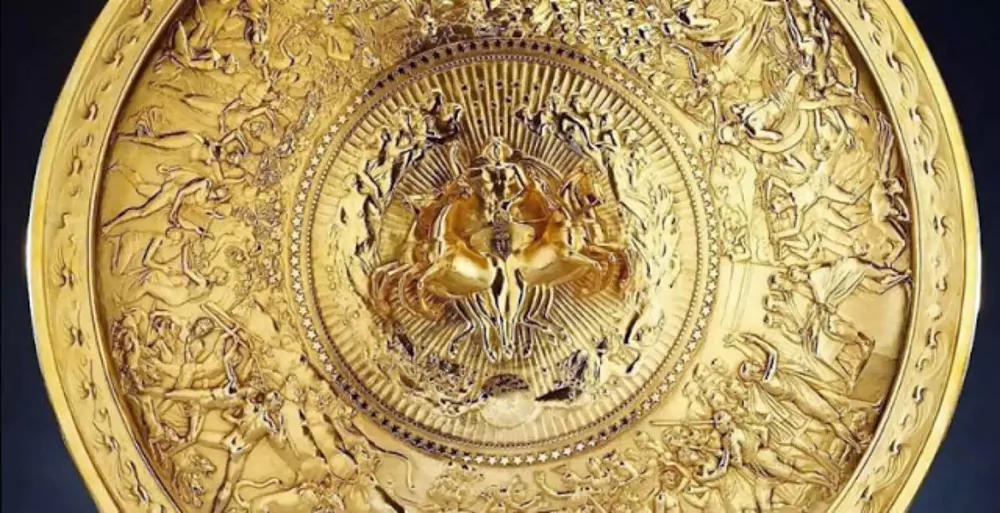
In the first cycle, he drew all the elements of the universe, such as the sun, the moon, the stars, the earth, and the sea, showing the order and harmony of nature. In the second circle, he depicted two cities of mortal men, one peaceful and one warlike, contrasting the different ways of life and the consequences of war and peace. In the third cycle, he described a scene of rural life, with farmers harvesting crops and celebrating with music and dance, showing the joy and abundance of agriculture. In the fourth cycle, he portrayed a scene of pastoral life, with shepherds tending their flocks and a lion attacking a bull, showing the beauty and danger of nature. The fifth and final circle includes the Ocean which embraces the earth, symbolizing the limit and unity of the world.
Historians’ analyses, however, suggest that the shield is not just the description of a weapon (and a peaceful one at that) but an entire symbolism that reveals Homer’s vision of life. According to the German writer, Wolfgang Sandewald, these intersecting contradictions show the basic forms of a civilized and essentially normal life. Perhaps he even wanted to show the contrasts of simple everyday life with the violence and cruelty of the Trojan War and to imply that war is an unnatural and destructive force that disrupts the balance of nature and society.
Travel to Greece – Goole News – Follow us
Three statues in Greece and the legends that accompany them
The Boy on the Dolphin: The Greek Island on which the Hollywood hit was filmed


